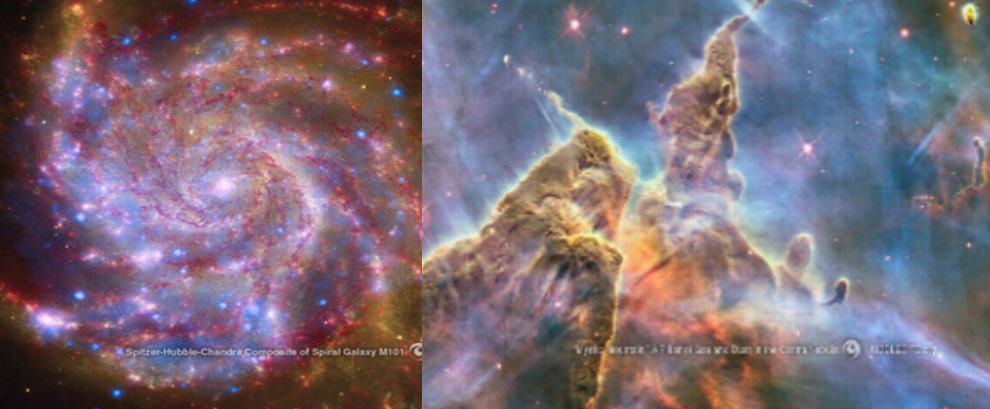
Researchers from LMU, the ORIGINS Excellence Cluster, the Max Planck Institute for Extraterrestrial Physics (MPE), and the ORIGINS Data Science Lab (ODSL) have made an important breakthrough in the analysis of exoplanet atmospheres.
Using physics-informed neural networks (PINNs), they have managed to model the complex light scattering in the atmospheres of exoplanets with greater precision than has previously been possible.
This method opens up new opportunities for the analysis of exoplanet atmospheres, especially with regard to the influence of clouds, and could significantly improv...
Read More














Recent Comments